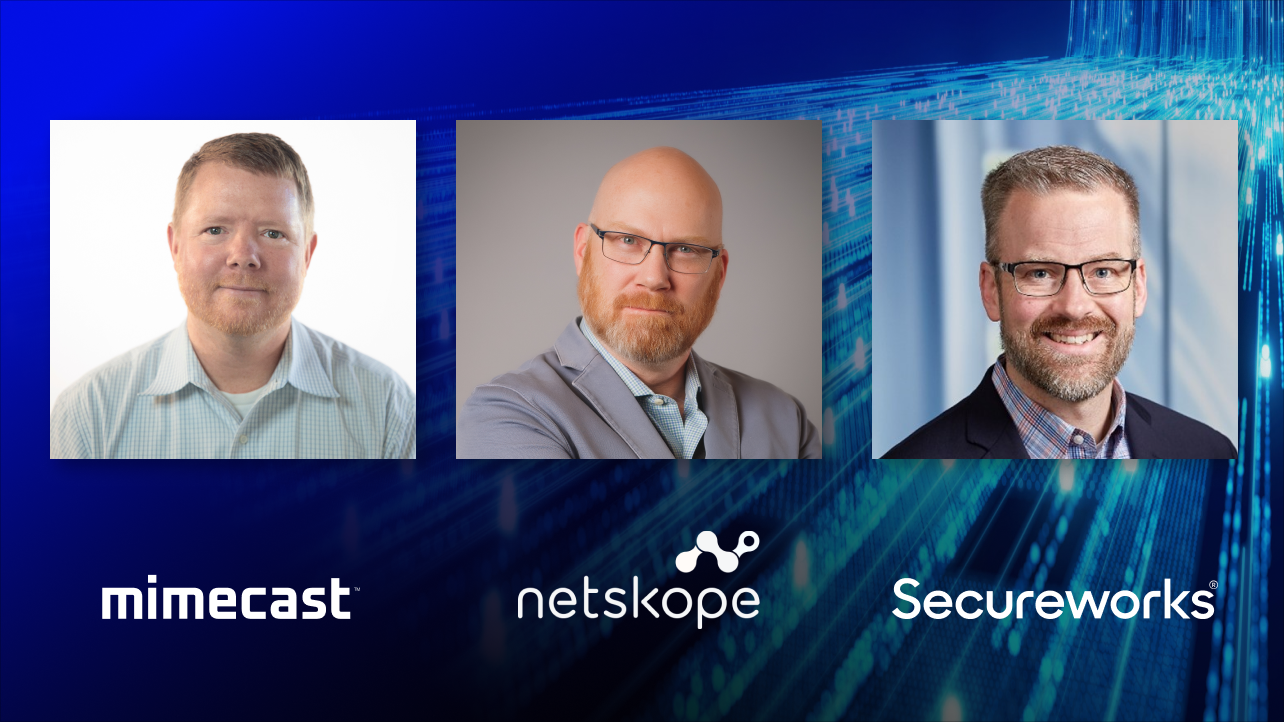Harness comprehensive cloud and email threat intelligence integrated into a single XDR framework with Mimecast, Netskope and Secureworks to streamline your security operations
Speakers:
Joseph Tibbetts, Senior Director, Technology Alliances & API, Mimecast
David Willis, Head of Technology Integrations, Technology Alliances, Netskope
Ryan Alban Director, Global Presales Strategy & Operations, Secureworks
Date of Recording: July 26, 2023
Duration: 1 hr, 38 minutes
What you'll learn:
- Simplified investigations and improved threat hunting, detection, and response confidence through a centralized Taegis platform
- Email and cloud-borne threat visibility, threat hunting, dashboarding, and cross-telemetry alerting capabilities
- Stop sensitive data from being emailed outside of the organization.
- Best-in-class shared intelligence preventing future attacks.
- Continuously evaluate risk signals with adaptive user policies for applications, data and coaching
Identifying cybersecurity risks and establishing more resilient defenses is essential to modern business. Yet the path to protection is often bumpy: the dash to cloud and hybrid working models has significantly expanded the attack surface, adding more entry points for security teams to continuously monitor while threats slip through the gaps.
To keep pace with the demands of evolving IT and cybersecurity landscapes, organizations invested in an overabundant number of tools, which ultimately left them burdened with a collection of disjointed architectures and siloed components. This, in turn, resulted in complexity, technical debt, blind spots, and the inability of already over- worked SecOps teams to meet time-sensitive security events. To combat pervasive alert fatigue brought on by disparate security tools, organizations are now focusing on quality over quantity, investing in automation, AI and actionable intelligence to help monitor, detect, and respond to threats efficiently and at scale.

